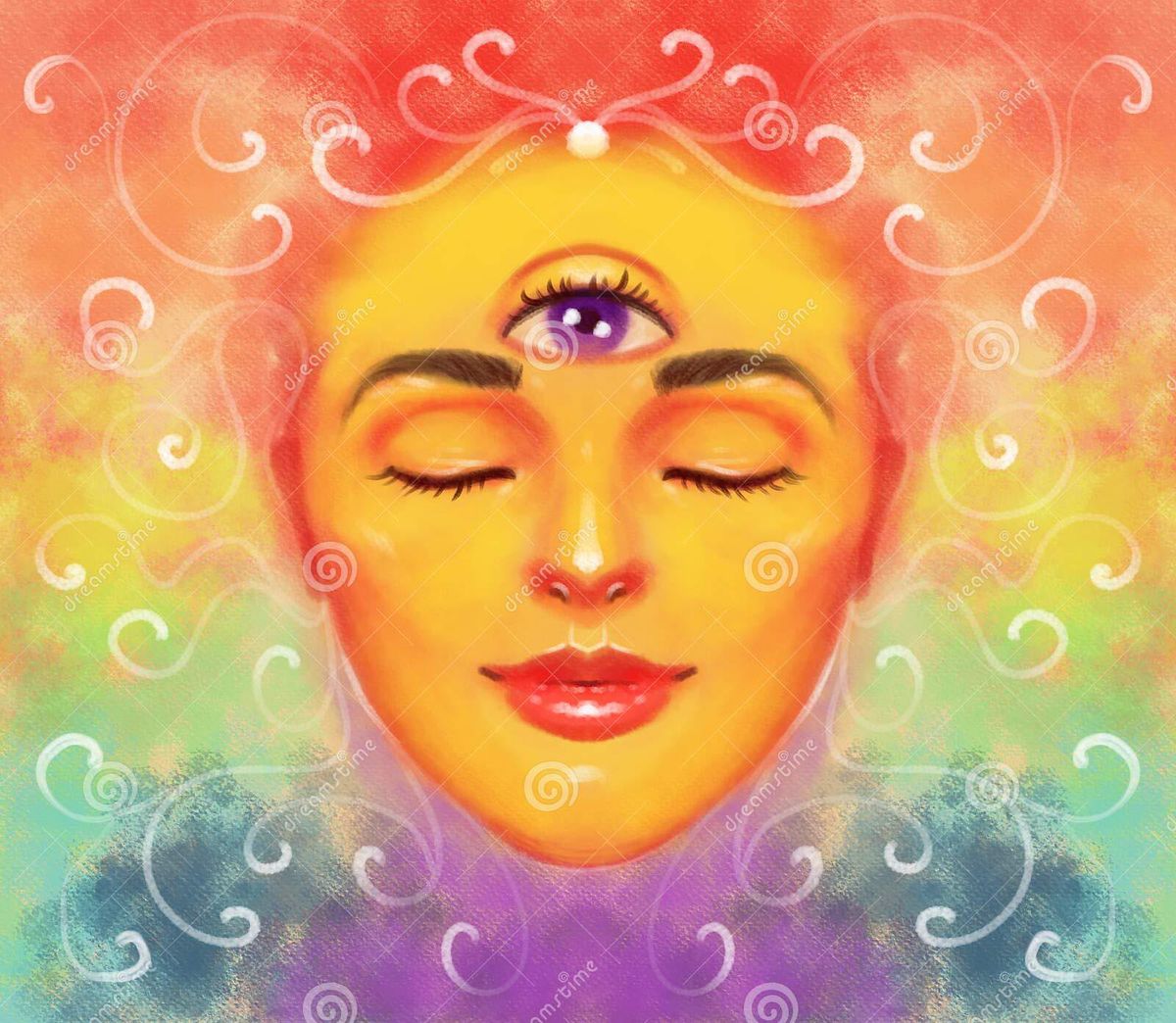Spontaneous Spiritual Awakenings: Phenomenology, Altered States, Individual Differences, and Wellbeing

Spontaneous Spiritual Awakenings (SSAs) are subjective experiences characterised by a sudden sense of direct contact, union or complete nondual merging (experience of oneness) with a perceived ultimate reality, the universe, ‘God’, or the divine.
These profound transformative experiences have scarcely been researched, despite extensive anecdotal evidence suggesting their potential to catalyse drastic, long-term and often positive shifts in perception, world-view, and wellbeing.
The aims of this study were to investigate the phenomenological variances of these experiences, including the potential differences between SSAs and Spontaneous Kundalini Awakenings (SKAs), a subset of awakening experiences that the authors postulate may produce a higher likelihood of both physical and negative effects; to explore how these experiences compare to other altered states of consciousness (ASCs), including those mediated by certain psychedelic substances; and understand their impact on wellbeing. Personality trait absorption and temporal lobe lability (TLL) were assessed as predictors of Spontaneous Spiritual and Kundalini Awakenings (SSA/SKAs). A quasi-experimental mixed within and between-participants self-report survey design was adopted. 152 participants reporting their most powerful SSA/SKAs completed questionnaires measuring nondual, kundalini and mystical experience, as well as depth of ASC, and trait absorption and TLL. SKAs were found to be significantly more physical, but not significantly more negative than SSAs, and overall, both sets of experiences were perceived to be overwhelmingly more positive than negative, even in cases where the experience was initially challenging.
The phenomenological distribution of SSA/SKAs was similar to other ASCs although greater in magnitude, and appeared most similar in distribution and in depth to drug-induced ASCs, particularly classic psychedelics DMT and psilocybin. TLL and absorption were found to predict the SSA/SKA experience.
The limitations and implications of these findings are discussed. .
Read the full article at the original website
References:
